- Tens of thousands of hydropower stations on China's rivers can provide more than 1 trillion kWh of clean electricity every year
In China, about 2 kWh of every 10 kWh of electricity we use comes from rushing rivers, and behind this powerful grid is the world of more than 40,000 hydropower stations.
Today, the world's largest hydropower station is in China.

The Three Gorges Water Control Project on the Yangtze River ranks first in the world with a total installed capacity of 22.5 million kilowatts
The tallest dam in the world is in China.

The Jinping I Hydropower Station on the Yalong River ranks first among the dams built in the world today with a dam height of 305 meters
The world's strongest hydropower "heart" with a single capacity of one million kilowatts of hydro-generators is also in China.

The Baihetan Hydropower Station on the Jinsha River has a single unit capacity of 1 million kilowatts of its key equipment, the hydro-generator set, ranking first in the world.
The Three Gorges Project is a super project in the minds of many people. As the largest hydropower station in the world, it can generate electricity in an average of 1 second, which is enough to meet the domestic electricity demand of a Chinese person for more than 4 years. However, few people know that just over a thousand kilometers upstream of it, there are two "Three Gorges". The Jinsha River separates Sichuan and Yunnan provinces, and connects four super hydropower stations in series—Xiangjiaba, Xiluodu, Baihetan and Wudongde. Their total installed capacity is twice that of the Three Gorges.

In Southwest China, the theoretical reserves of hydropower resources are as high as 490 million kilowatts, accounting for 70.6% of the country's total. More than half of China's thirteen major hydropower bases are located in the southwest.
super dam
How can we harness the energy from these great rivers? First, we need a dam.

Taking the Jinsha River Hydropower Base as an example, although the natural drop of the Jinsha River is far greater than that of other rivers with gentle terrain, it is not enough to generate electricity with such a drop in a short distance. Therefore, in order to improve the power generation efficiency, we usually build dams in the middle of the river to hold back water to further raise the water level and increase the drop. But how easy is it to build a dam in a turbulent river? So, long before the dam starts, we have to do a huge job of diverting the river to free up dry construction sites for the dam. Until the dam is built, the original flow will be restored.
In 2014, the first super hydropower station in the lower reaches of the Jinsha River was completed, which is Xiangjiaba Hydropower Station. The dam of this hydropower station has a crest length of about 900 meters, and it takes 12 minutes to walk through it; the maximum dam height is 162 meters, which is equivalent to a nearly 60-story building. It is burly and looks similar to the famous Three Gorges Dam. With its huge weight, it can generate enough friction with the foundation to resist the rushing river water. This is the so-called "gravity dam".

It is this dam that raises the water level difference between upstream and downstream to 100 meters. However, the huge size also means that a lot of building materials are required. In Xiangjiaba, the total amount of concrete poured for the dam alone is as high as 14 million cubic meters, enough to fill more than 6,000 international-standard swimming pools. With such a huge amount, the material transportation alone is not a small expense.
The other dam, like a white crane spreading its wings, blocks the Jinsha River behind it. Its maximum dam height can reach 289 meters, which is equivalent to a 100-story building, and its crest is only 14 meters wide at its narrowest point. Such a thin dam body can withstand a thrust of 16.5 million tons, which is comparable to the take-off thrust of more than 15,000 Long March 5 rockets. How is this done?


Looking down from the air, we can find that the Baihetan Dam adopts an arched structure, which we call "arch dam". This structure can transfer the thrust of the water flow to the mountains on both sides. Due to the sharing of the mountains, the arch dam does not need the huge volume of the gravity dam, which is enough to maintain its own stability. Although the dam height is nearly twice that of the Xiangjiaba Dam, the concrete required for the Baihetan Dam is only about 8 million cubic meters, less than 60% of the former.

In addition, as a statically indeterminate structure, the arch dam has extremely high safety, and the overload capacity can even reach more than 10 times the design index. At the same time, arch dams are also being built higher and higher, occupying half of the world's tall dams over 200 meters.

But not all such arch dams can be built anywhere. Only when extremely harsh geological and terrain conditions are met, such as high, steep and narrow river valleys, hard and complete bedrock, etc., can the arch dam be firmly stuck in the river valley. Fortunately, the numerous canyons in the Southwest just happened to provide the perfect site for an arch dam. As a result, all kinds of arch dams came into being on this land.
For example, the 240-meter-high Ertan Dam, the 270-meter-high Wudongde Dam, and the 305-meter-high Jinping I Hydropower Station Dam, the highest dam in the world. When these high dams and reservoirs gathered in the southwest, the originally rebellious rivers had to temporarily restrain their footsteps and accumulate energy here. However, to convert this energy further, we also need a super power plant.
super power plant
The dam is not an airtight retaining wall. In addition to the spillholes we can see, it also has complex pipes inside, and they will lead to the heart of the hydropower station - the hydroelectric generator.

The river water reaches the unit along the water diversion pipe, and impacts the turbine blades to rotate, thereby converting the gravitational potential energy of the water flow into mechanical energy. The turbine synchronously drives the generator to rotate, and then converts the mechanical energy into electrical energy, and finally completes the production of electricity. In this process, we only use the power of running water, do not consume any fuel, and naturally do not emit carbon dioxide and other greenhouse gases and other waste gas, so hydropower is still a renewable and clean energy.
For places with open rivers, we can build workshops directly in the middle or behind the dam to house these huge units. But if in a narrow valley, where should these devices be placed?
In the world's largest underground cavern group, 246 tunnels criss-cross, like a maze, with a total length of 217 kilometers. Among them, the largest cavern is 438 meters long, 34 meters wide and 88.7 meters high, and it can even easily stop 13 Boeing 737 airliners.

Not only that, but there is also the world's strongest hydropower "heart" - a hydro-generator unit with a single capacity of one million kilowatts. It is completely designed and built by the Chinese. As long as one such unit runs at full capacity for 1 hour, it can meet the electricity consumption of more than 1,000 people throughout the year.
Generally speaking, the larger the unit capacity of the hydro-generator unit, the higher the efficiency. The million-kilowatt hydro-generator set in Baihetan has a maximum energy conversion efficiency of 96.7%. It can be said that every drop of water is used to the extreme. In the mid-1990s, China's self-built hydro-generator units had a maximum single-unit capacity of only 300,000 kilowatts. Taking the opportunity of the Three Gorges Project, we finally achieved a big leap of 700,000 kilowatts.


Today, from 770,000 kilowatts of Xiluodu Hydropower Station, to 800,000 kilowatts of Xiangjiaba Hydropower Station, from 850,000 kilowatts of Wudongde Hydropower Station, to 1 million kilowatts of Baihetan Hydropower Station, these four super hydropower stations on the Jinsha River also witness The upgrade of China's hydropower units.

When the Baihetan Hydropower Station is fully completed, it can generate more than 62 billion kWh of clean electricity every year. At that time, they will cross the mountains and valleys in the southwest, and send them to East China, which is nearly 2,000 kilometers away, through high-voltage transmission lines at all levels, injecting new energy into the magnificent network of "West-to-East Power Transmission".
In this way, we have built these super hydropower stations in the places with the most abundant hydropower resources in the world. Looking at the whole country, the tens of thousands of hydropower stations standing on the rivers, running around the clock like the rushing river water, can provide us with more than 1 trillion kilowatt-hours of clean electricity every year, which is equivalent to saving 430 million tons of standard coal. 1.12 billion tons of carbon dioxide emission reduction.
From the Shilongba Hydropower Station with an installed capacity of only 480 kilowatts, to the Three Gorges Hydropower Station with an installed capacity of 22.5 million kilowatts, and then to the Baihetan Hydropower Station with the world's largest single-machine capacity, one dam after another, one power plant after another, each generation of builders 's feet rose to the ground.

It is precisely because of this that today we can use the gifts of this mountain and river to light up the lights of thousands of homes in China, to support the rolling wave of modernization, and to create a bright future full of hope.Editor/Ma Xue
Comment
 Praise
Praise
 Collect
Collect
 Comment
Comment
 Search
Search


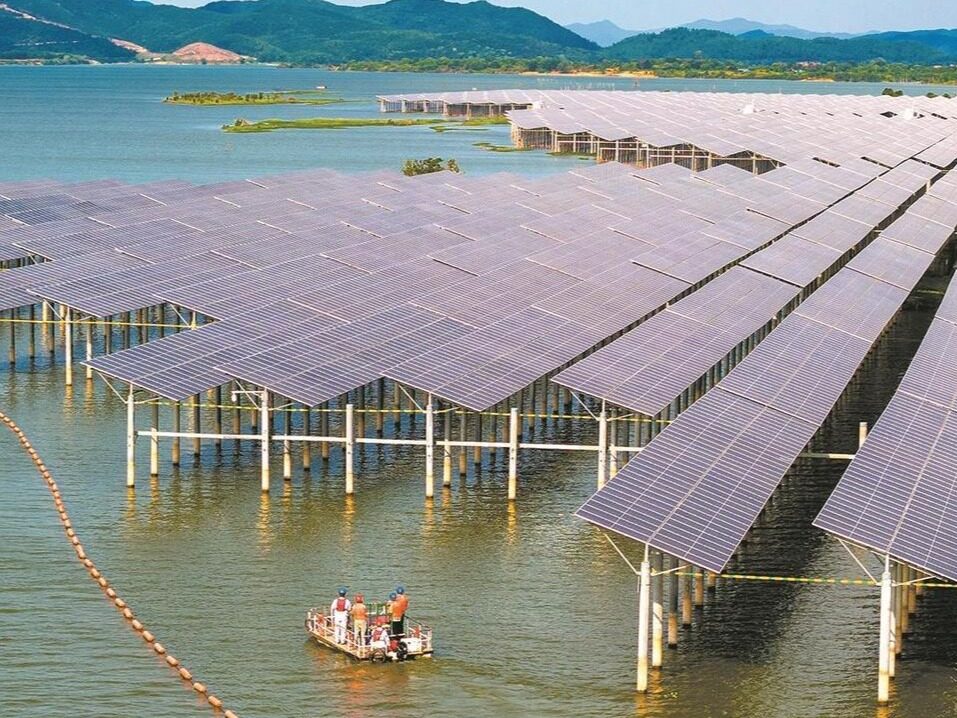
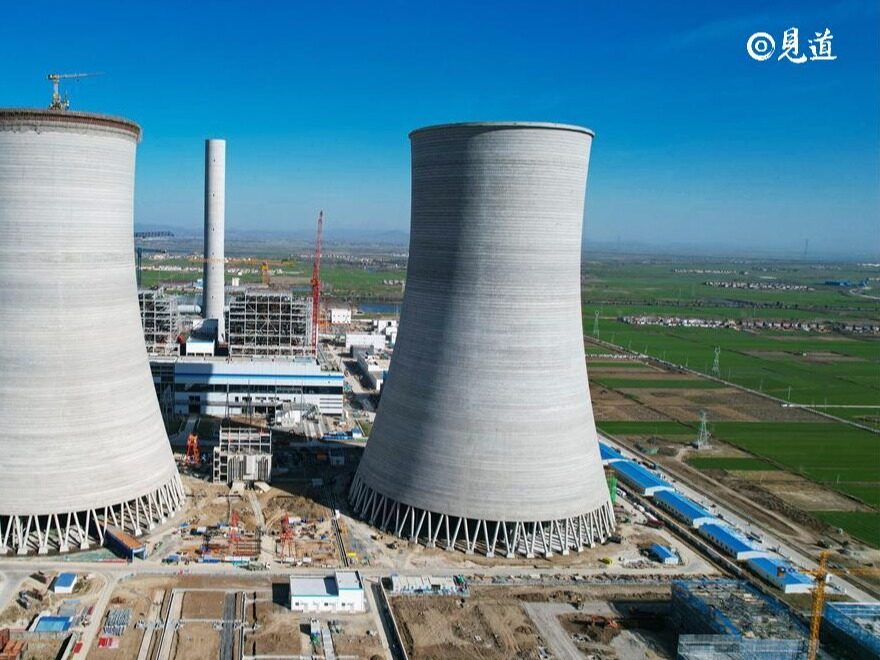
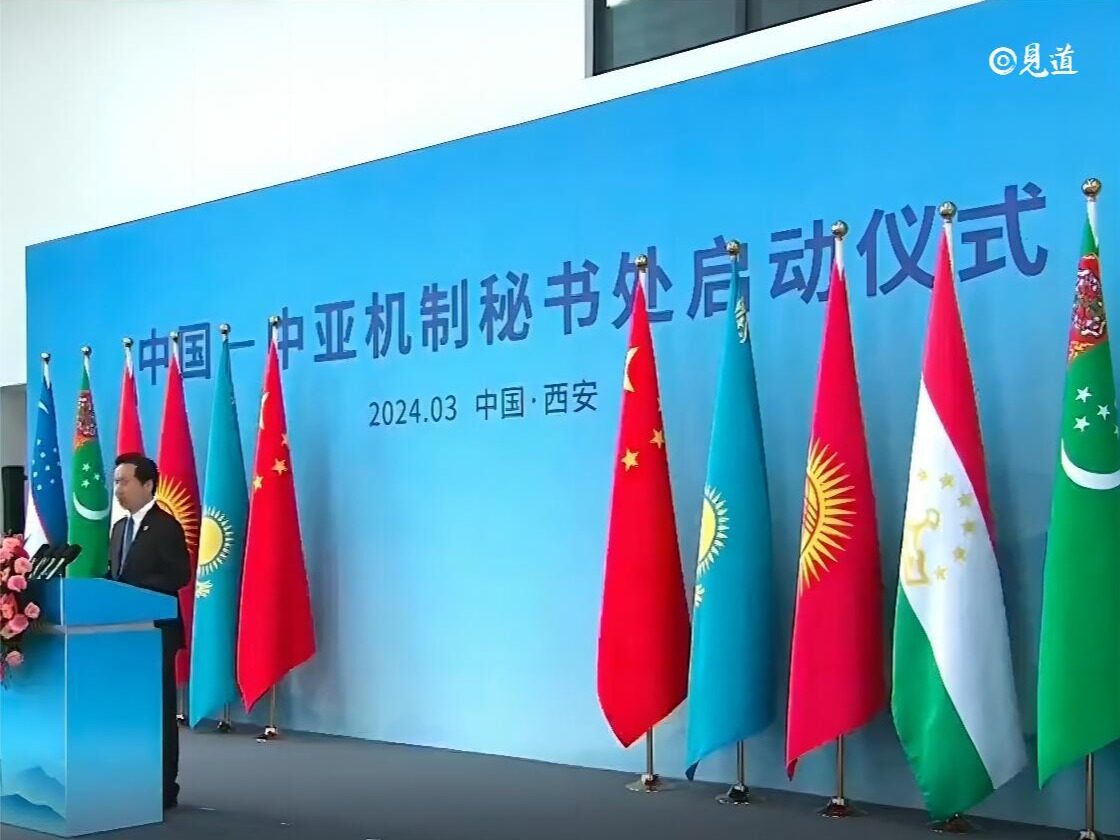
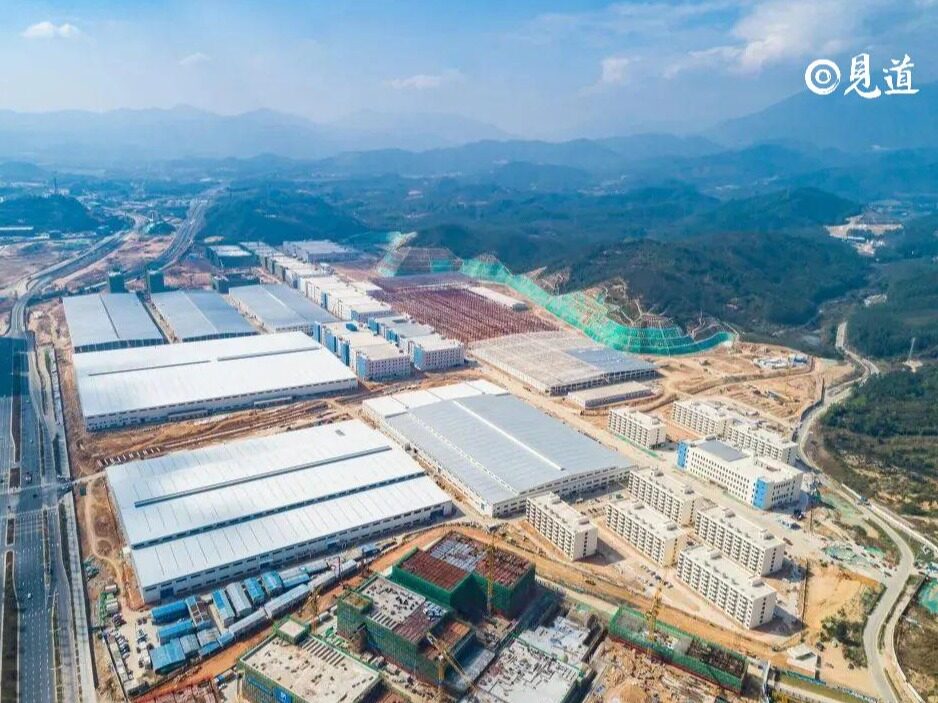
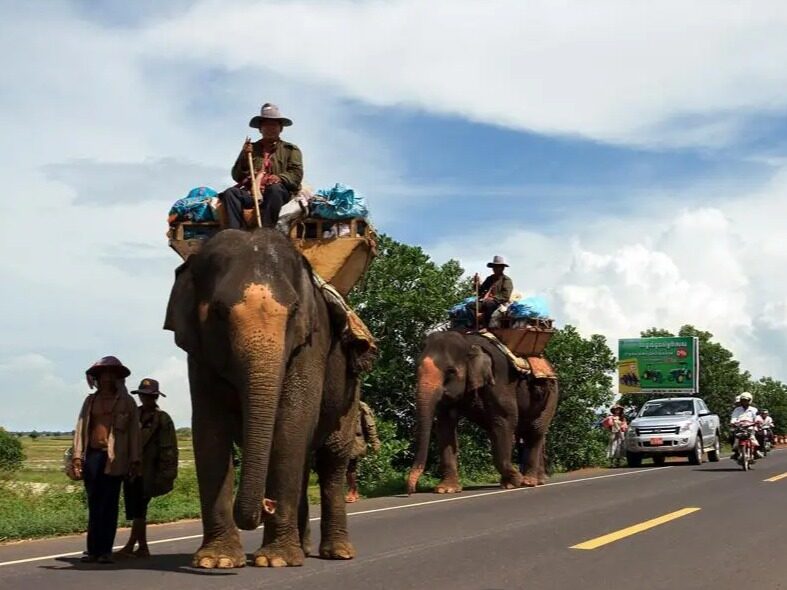
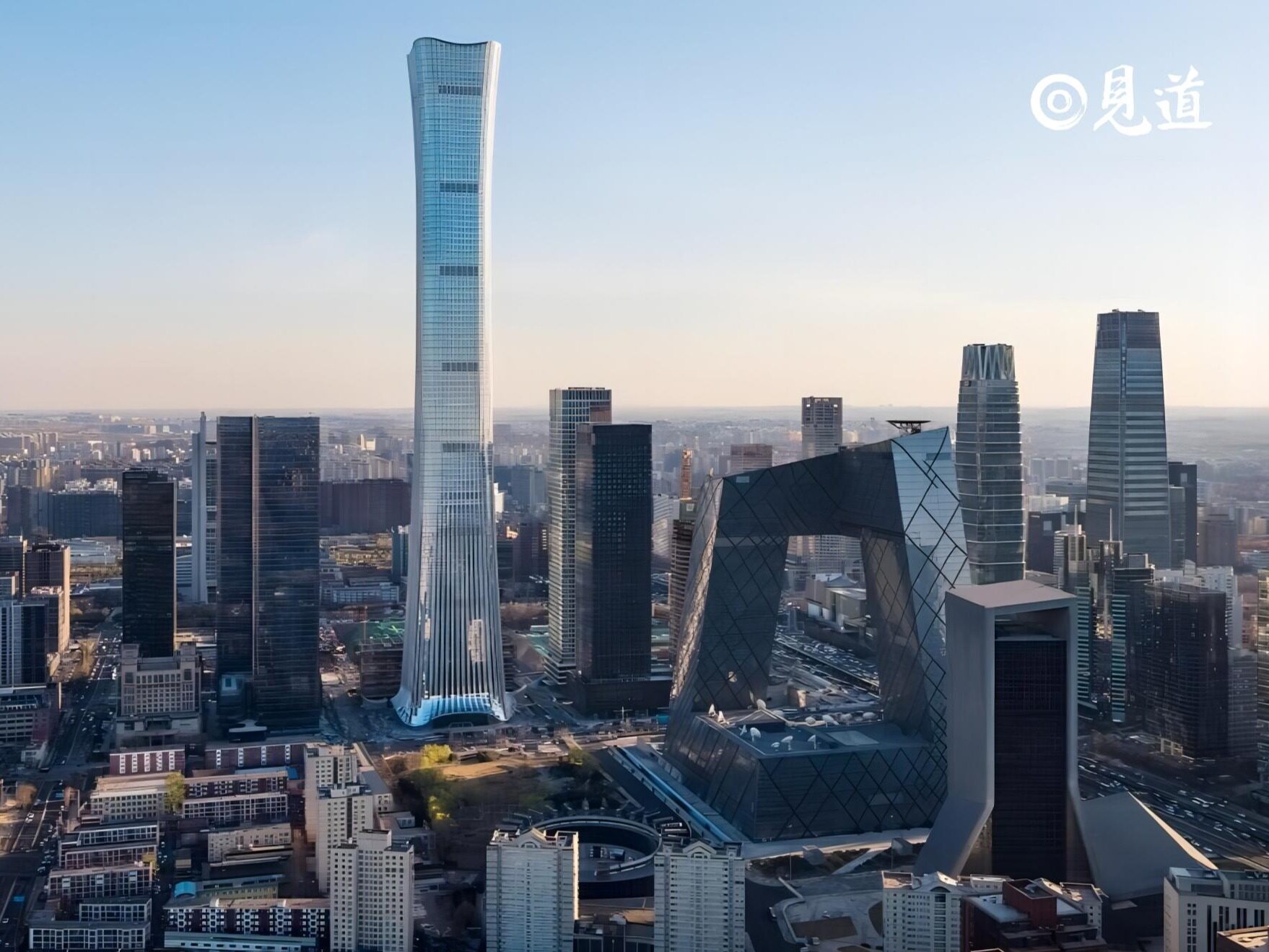






Write something~